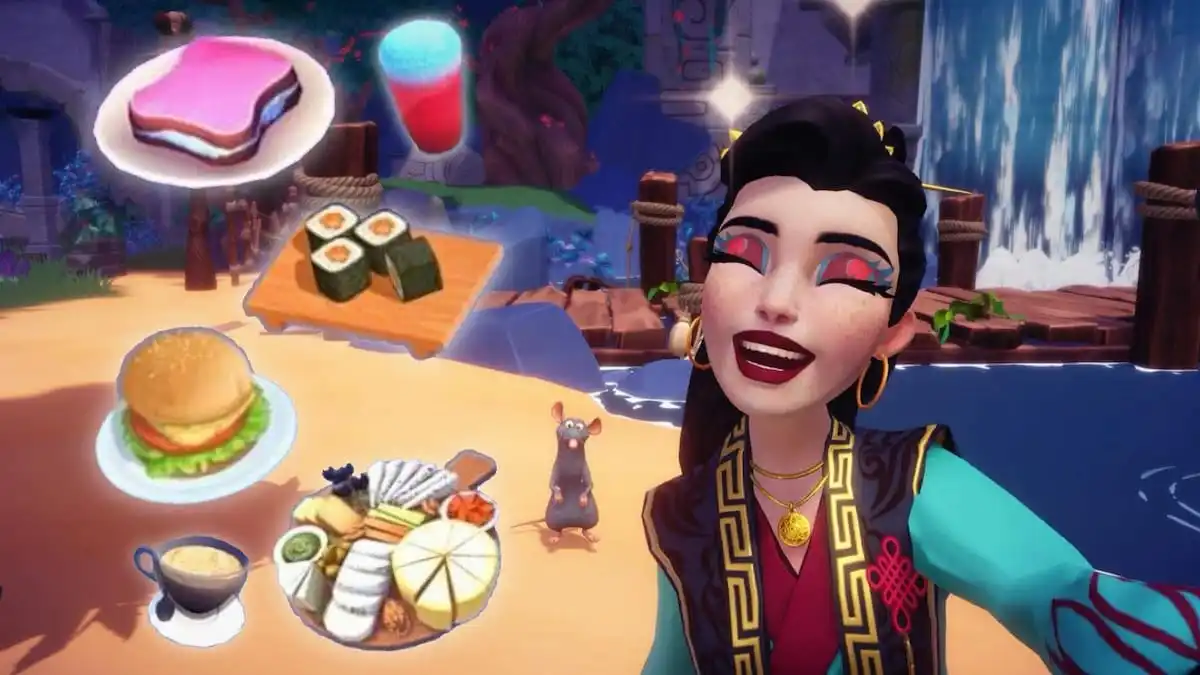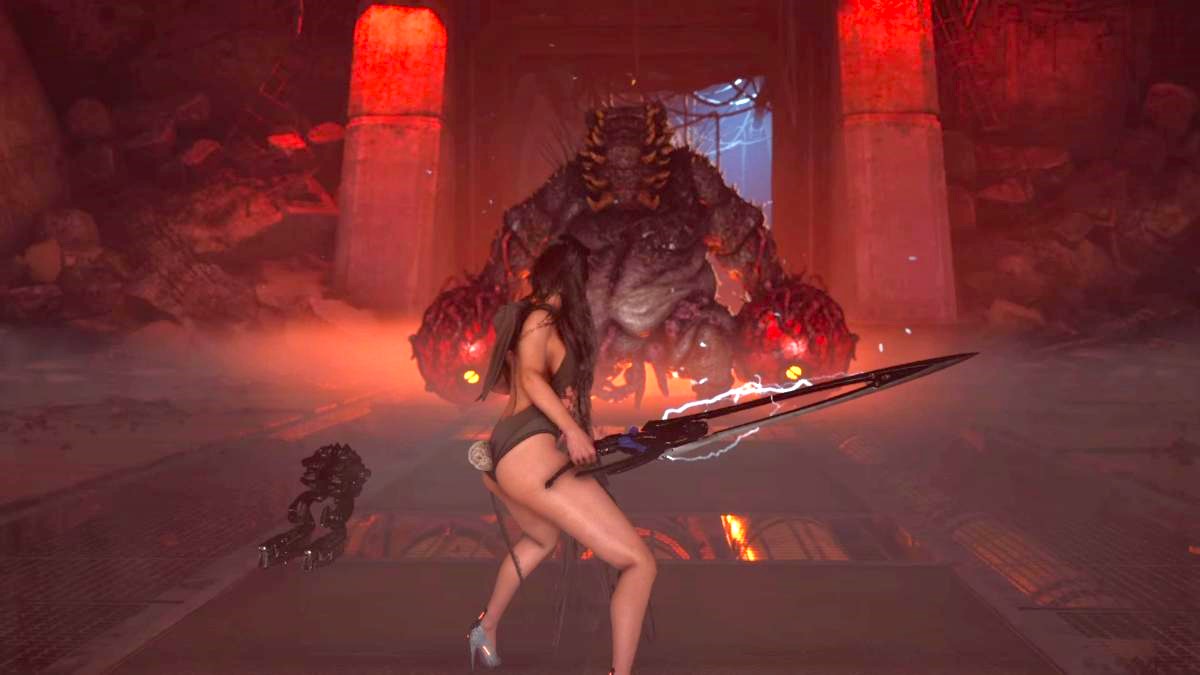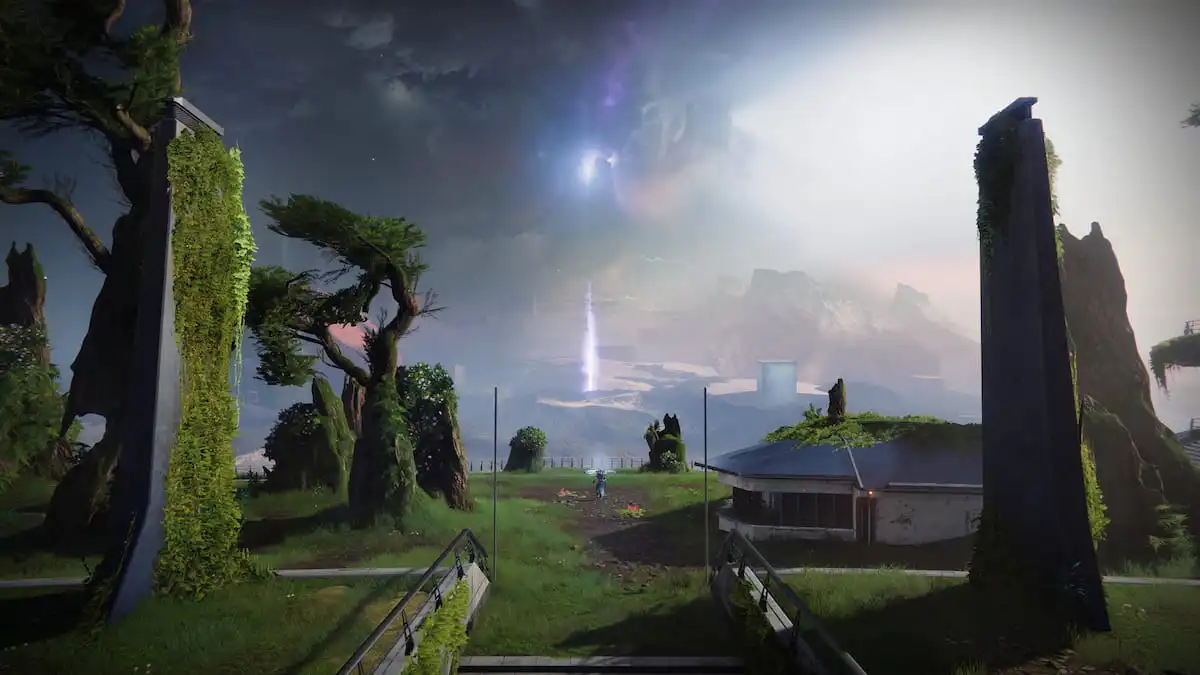When players really delve into Yu-Gi-Oh!<\/em> and other card games originally created in Japan, they will often find two entirely different ecosystems that coexist alongside each other.<\/p>
In Yu-Gi-Oh!<\/em>, this difference is shown in the TCG and OCG, otherwise known as the Trading Card Game and the Original Card Game classification system. <\/p>
The OCG is the original version of Yu-Gi-Oh!<\/em> and is played in Japan, China, Korea, and other countries near those regions. Meanwhile, the TCG is an adapted version of the game that is played in the Americas, Europe, and the rest of the world. <\/p>
Because these two ecosystems exist, there are some pretty drastic differences in how the Yu-Gi-Oh!<\/em> scene is run by Konami and shaped by players and releases, at both the casual and competitive level. <\/p>
One of the biggest differences for the game itself is that cards are released at different times in each ecosystem. OCG releases are typically the first printings for new cards and take time to make their way over to the TCG regions. <\/p>
This isn\u2019t always the case, but sometimes, cards will be exclusive to the OCG or released as TCG exclusives and take years to make their way to the other format.\u00a0<\/p>
This also includes some cards receiving an erratum in the OCG that might not hit the TCG despite being potentially impactful for the meta.<\/p>
Related: What does Errata mean in Yu-Gi-Oh!<\/a><\/strong><\/p>






